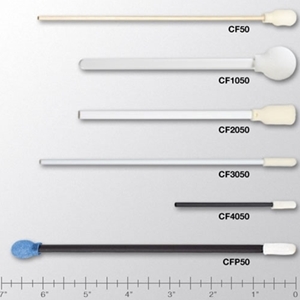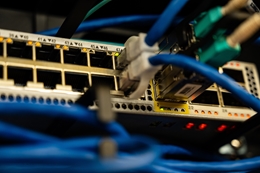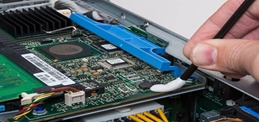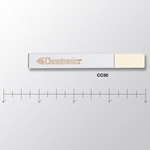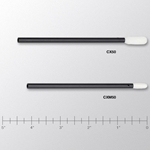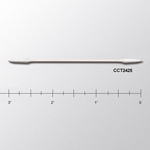7
Chemtronics Foamtips™ Swabs, Medical Grade Foam
Foamtips™ Swabs are constructed from medical grade foam which features the best open cell structure, providing excellent particle entrapment characteristics. The foam is thermally bonded to the swab handle without using adhesives. These foam swabs are ideal for general cleaning applications.
Features & Benefits
- Precision cleaning swabs with polyurethane foam head
- Purest medical grade foam
- Traps surface particles while cleaning
- High solvent capacity; holds solvent well
- Fiberless construction does not generate loose fibers or particles
- No adhesives or binders are used in the construction
- Economical for high quantity applications
Applications
- Clean excess adhesives after gluing
- Clean micro-mechanical devices
- Remove Flux residues from printed circuit boards
- Apply small precise quantities of adhesive or lubricants
Compatibility
- Foam Heads are compatible with most common solvents such as isopropyl alcohol, and methanol. Not recommended for use with ketones such as acetone or methyl ethyl ketone.
- Polypropylene Handles (CF1050, CF2050, CF3050, CF4050) are generally compatible with all common solvents including most dilute or weak acids.
- Wood Handles (CF50) are compatible with all common solvents and are static neutral.
| TDS | |
| Categories |
| Call-outs | IBM - 55G6977 |
|---|---|
| NSN |
CF2050 - 6515-01-594-7427 CF4050 - 6616-00-077-3218 |
| Shelf Life | 5 Yrs |
| Shipping Name | Swabs |
Related products
You did not finish submitting your information to request a sample

